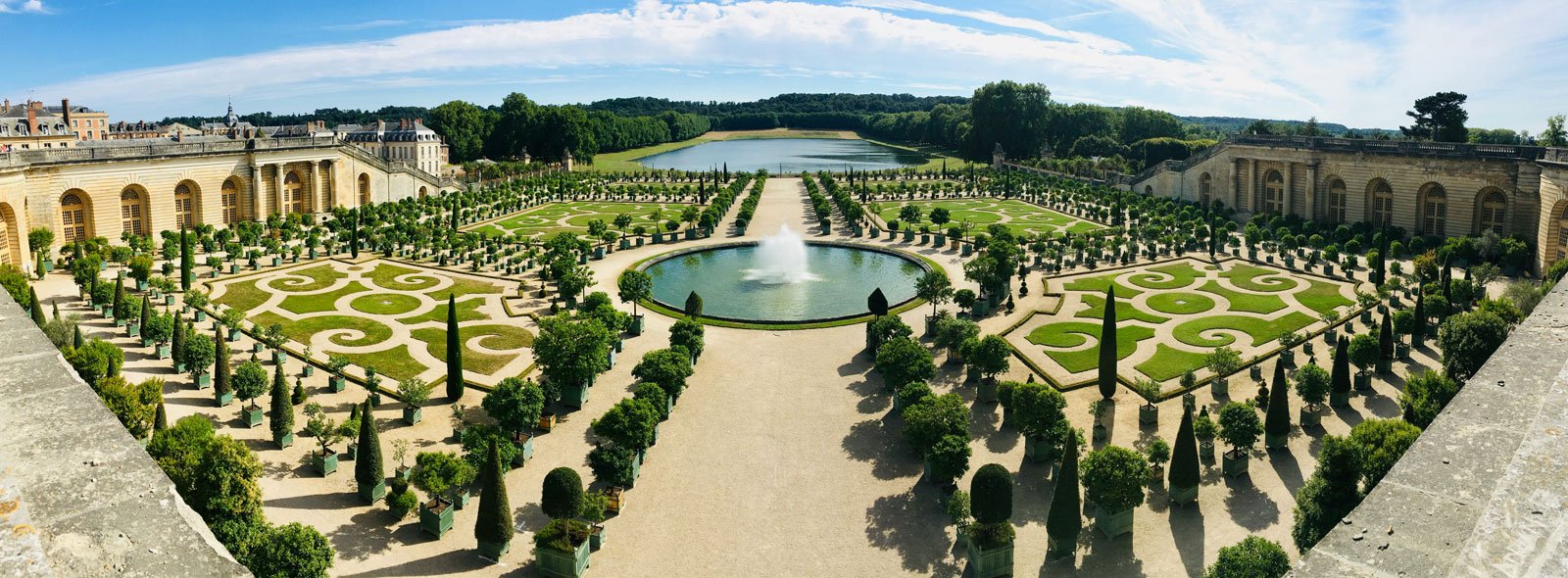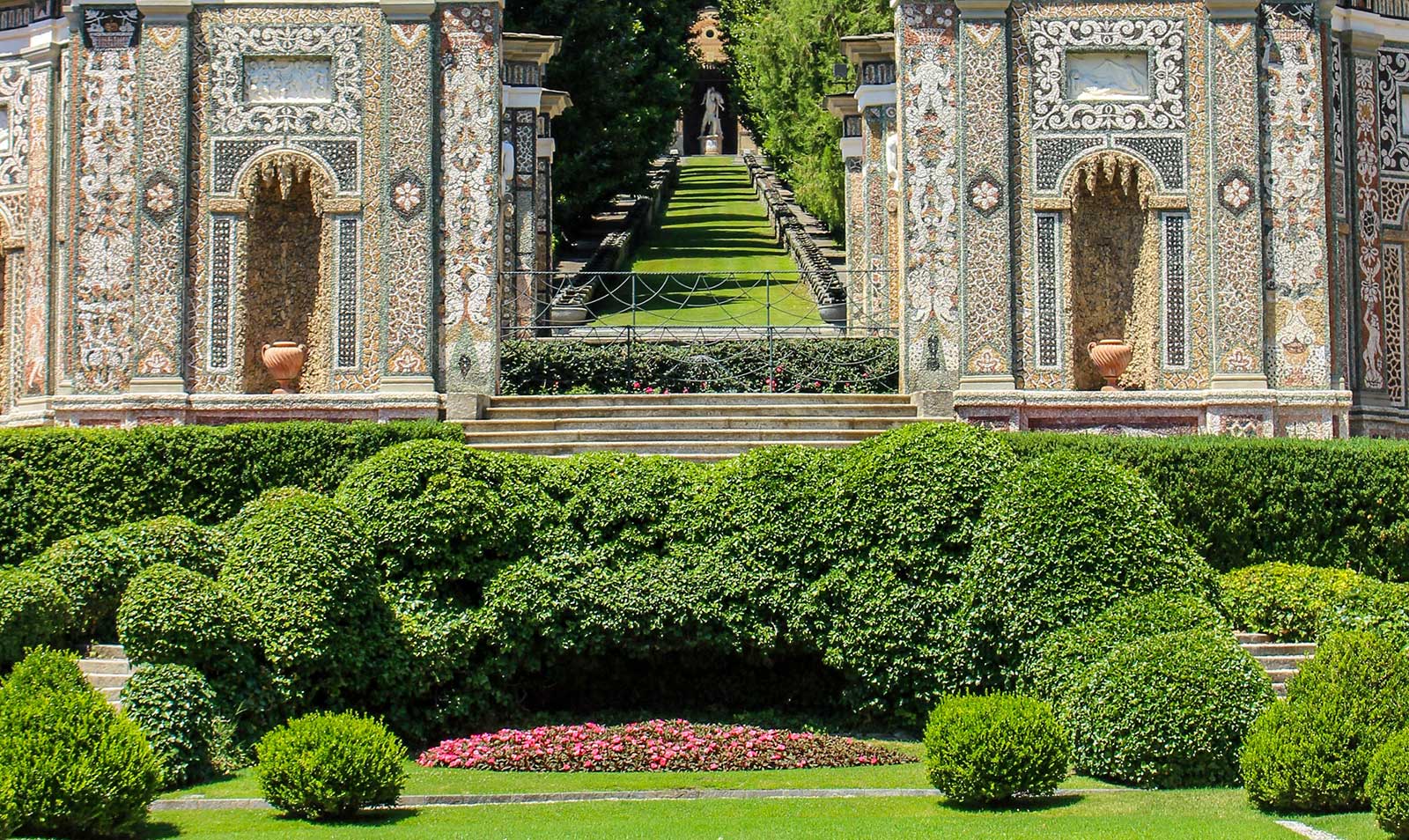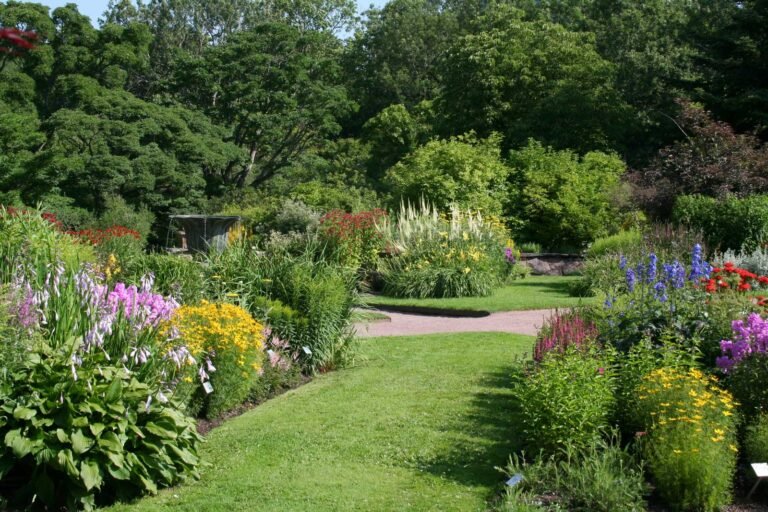It was born in Italy during the Florentine and Roman Renaissance periods, as an evolution of the Roman and medieval garden.
Characterized by solutions with flounces or terraces on multiple levels, with multiple spaces articulated on a single central perspective, we have examples of this style at Villa Lante in Bagnaia, Boboli, the Royal Palace of Caserta, Villa d’Este in Tivoli, Villa Petraia in Florence, in which the main perspective is articulated along the longitudinal axis that is in front of the facade and becomes its natural development and the prevailing visual point.

In the classic Italian garden the architecture of the residence also expands into the adjacent green area, the proportion of the shapes therefore not only concerns the design of the villa, but the garden too.
The presence of stairways, balustrades, fountains and linear paths within a garden created within geometrically defined and designed spaces is typical.
The neat style of the villas’ garden, perfectly maintained, differs from the external and natural environment surrounding the residence.
In addition to the careful care and maintenance of the green area and the presence of “moving” architecture of stairways and terraces, the other element that distinguishes the Italian garden is water, which gives movement and liveliness to the whole, present in fountains, lakes , waterfalls, islands, water stairways, small streams, water jets.
The French formal garden

Derived and subsequent to the Italian style, it is the French formal garden, in which large lawn surfaces prevail, and the predominantly flat, horizontal development. Adorned with flower beds, with typical floral embroidery, or broderie, long tree-lined avenues that outline the geometry, or even real natural woods that develop within the project. An example above all, the large radial axonometries of Versailles, symbol and reference to the role and meaning of the “Sun King”, Louis XIV, also visible from the loggias and balconies of the facade of the palace. Here too the importance of water with the 1.5 kilometer long central canal is a wonderful synthesis of engineering and design. Inside the garden there is an area amounting in total to over 9 hectares, dedicated to fruit plantation and vegetable garden. A particular meaning that the garden takes on in French courts is also as stage sets for theatrical performances, supported by the huge flat spaces.











